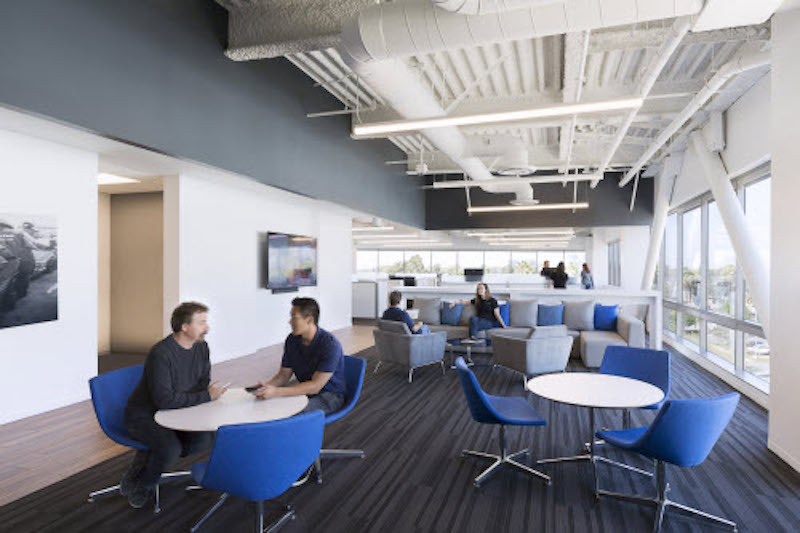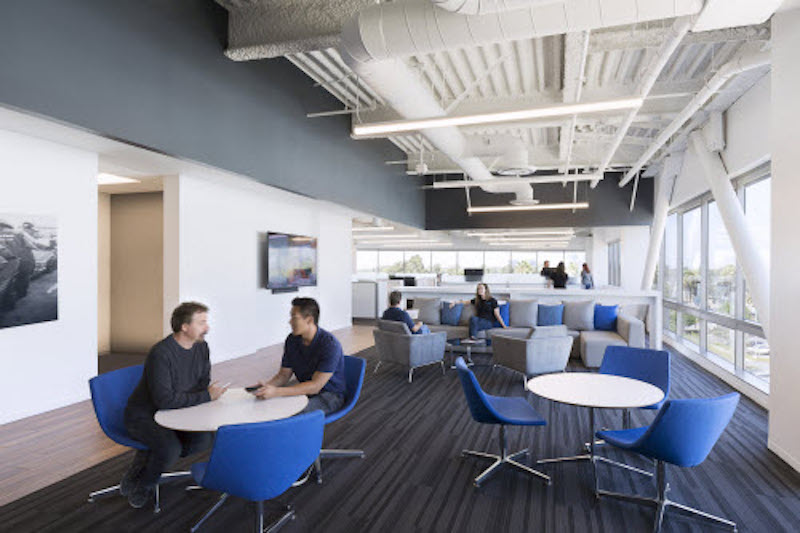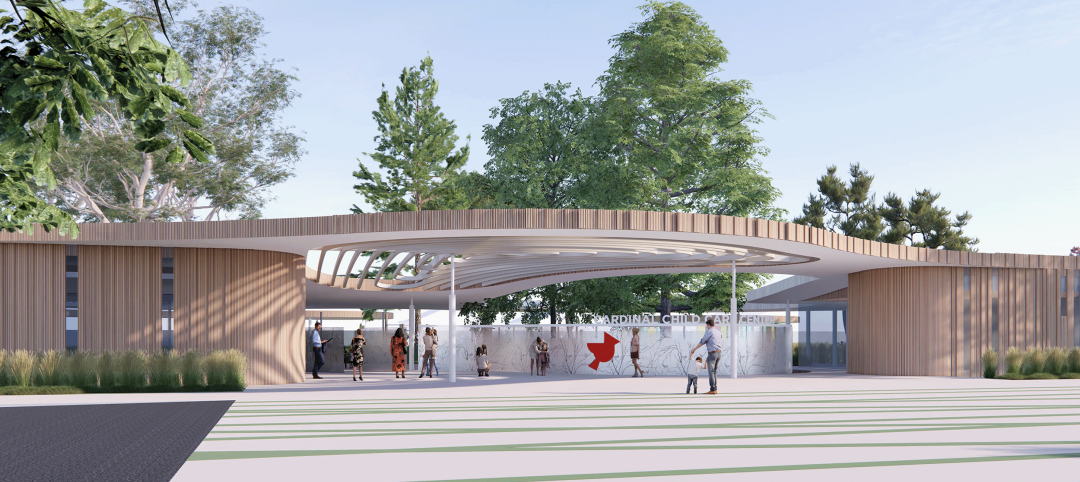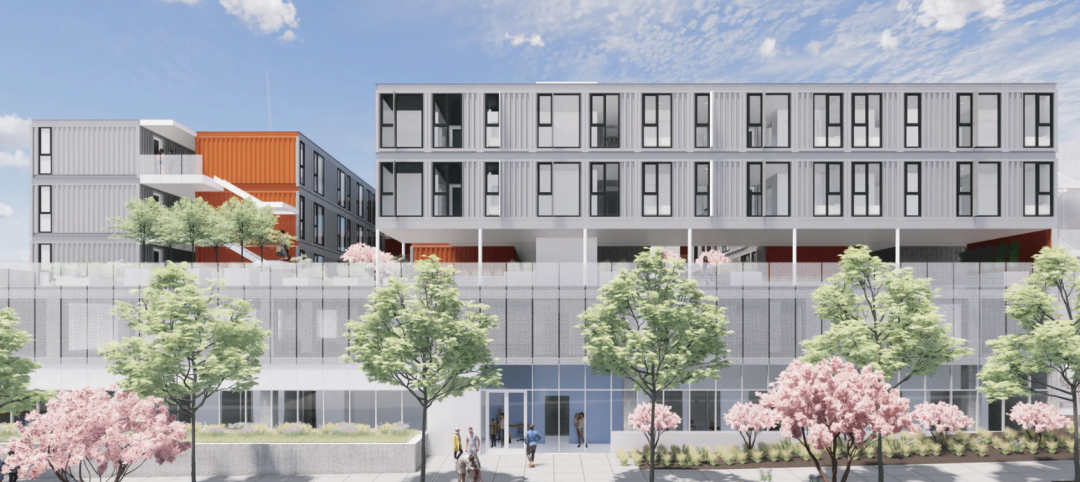Nothing says “we care about you” more than an employer providing meaningful amenities within the workplace environment. It is no longer enough to attract and retain the best and brightest, C-suite occupiers realize that in order to excel in today’s global economy they must provide a work environment that motivates and inspires the most highly sought after employees. The best companies are all competing for the same talent, and realize they must truly differentiate themselves by leveraging and communicating their authentic culture and vision. Well-designed active and passive amenities are key components of a successful work environment.
With a continued focus on providing “more with less”, companies across all industries are continually driving their workers to increase efficiency and productivity—to get product and services to market faster and cheaper. This push to get more done by fewer staff, while utilizing less square footage, puts increased stress on workers. Longer work hours and ever increasing deadlines add to the challenge of work/life balance. As a result, the workplace environment has become not only a place to work, but a place to innovate, socialize, let off steam, and decompress.
The most successful venues for meaningful employee socialization have important characteristics: activity, change of pace and environment and engaging the senses. Getting people out of their normal work environment, moving around, engaging in wellness activities, bringing in sound and music, offering entertainment and even food, all bring people together and create an enriched environment for socializing within active amenity spaces.
Office amenity spaces are not always located within the immediate office interior design; we have seen proximity to outdoor spaces to be one of the most powerful opportunities for employees to interact, laugh, chat and establish meaningful bonds during breaks in the work day. There is nothing better than taking a walk with coworkers, grabbing a coffee, having lunch outside, getting fresh air, and stretching your legs.

Active interior amenity spaces need to be strategically placed within the work environment to minimize disruption to those working on focused tasks, while being centrally located along primary circulation aisles to attract use by all staff. Daylight and views can provide a change of environment and enhanced experience for those using these amenity spaces. These types of spaces, such as café’s, game lounges, multipurpose collaboration spaces, want to be lively and active, encouraging interaction. Designed by LPA, DPR Construction’s Pasadena office includes a comfortably furnished outdoor space accessible from multiple locations throughout their offices, as well as a wine bar where employees can gather after work with clients and socialize.
Alternatively, passive amenity spaces promote quiet reflection and stress reduction. We see our corporate and institutional clients alike, providing privacy rooms, phone booths, libraries and private study areas within the work environment. California State University, Northridge’s Oasis Wellness Center even includes decompression pods that allows students to take time for themselves to decompress from the stresses of college life.
With the continued shift toward open office plan work environments, companies must plan for private spaces where employees can work quietly, make private calls and take a break from the highly efficient and productive work process. Even the most brilliant, sought-after employees need some down time.
More from Author
LPA | Aug 26, 2024
Windows in K-12 classrooms provide opportunities, not distractions
On a knee-jerk level, a window seems like a built-in distraction, guaranteed to promote wandering minds in any classroom or workspace. Yet, a steady stream of studies has found the opposite to be true.
LPA | May 13, 2024
S.M.A.R.T. campus combines 3 schools on one site
From the start of the design process for Santa Clara Unified School District’s new preK-12 campus, discussions moved beyond brick-and-mortar to focus on envisioning the future of education in Silicon Valley.
LPA | Mar 28, 2024
Workplace campus design philosophy: People are the new amenity
Nick Arambarri, AIA, LEED AP BD+C, NCARB, Director of Commercial, LPA, underscores the value of providing rich, human-focused environments for the return-to-office workforce.
LPA | Feb 8, 2024
LPA President Dan Heinfeld announced retirement
LPA Design Studios announced the upcoming retirement of longtime president Dan Heinfeld, who led the firm’s growth from a small, commercial development-focused architecture studio into a nation-leading integrated design practice setting new standards for performance and design excellence.
LPA | Mar 2, 2023
The next steps for a sustainable, decarbonized future
For building owners and developers, the push to net zero energy and carbon neutrality is no longer an academic discussion.
LPA | Dec 20, 2022
Designing an inspiring, net zero early childhood learning center
LPA's design for a new learning center in San Bernardino provides a model for a facility that prepares children for learning and supports the community.
LPA | Aug 22, 2022
Less bad is no longer good enough
As we enter the next phase of our fight against climate change, I am cautiously optimistic about our sustainable future and the design industry’s ability to affect what the American Institute of Architects (AIA) calls the biggest challenge of our generation.
LPA | Aug 9, 2022
Designing healthy learning environments
Studies confirm healthy environments can improve learning outcomes and student success.
LPA | Jul 6, 2022
The power of contextual housing development
Creating urban villages and vibrant communities starts with a better understanding of place, writes LPA's Matthew Porreca.
LPA | Mar 21, 2022
Finding the ROI for biophilic design
It takes more than big windows and a few plants to create an effective biophilic design.
















